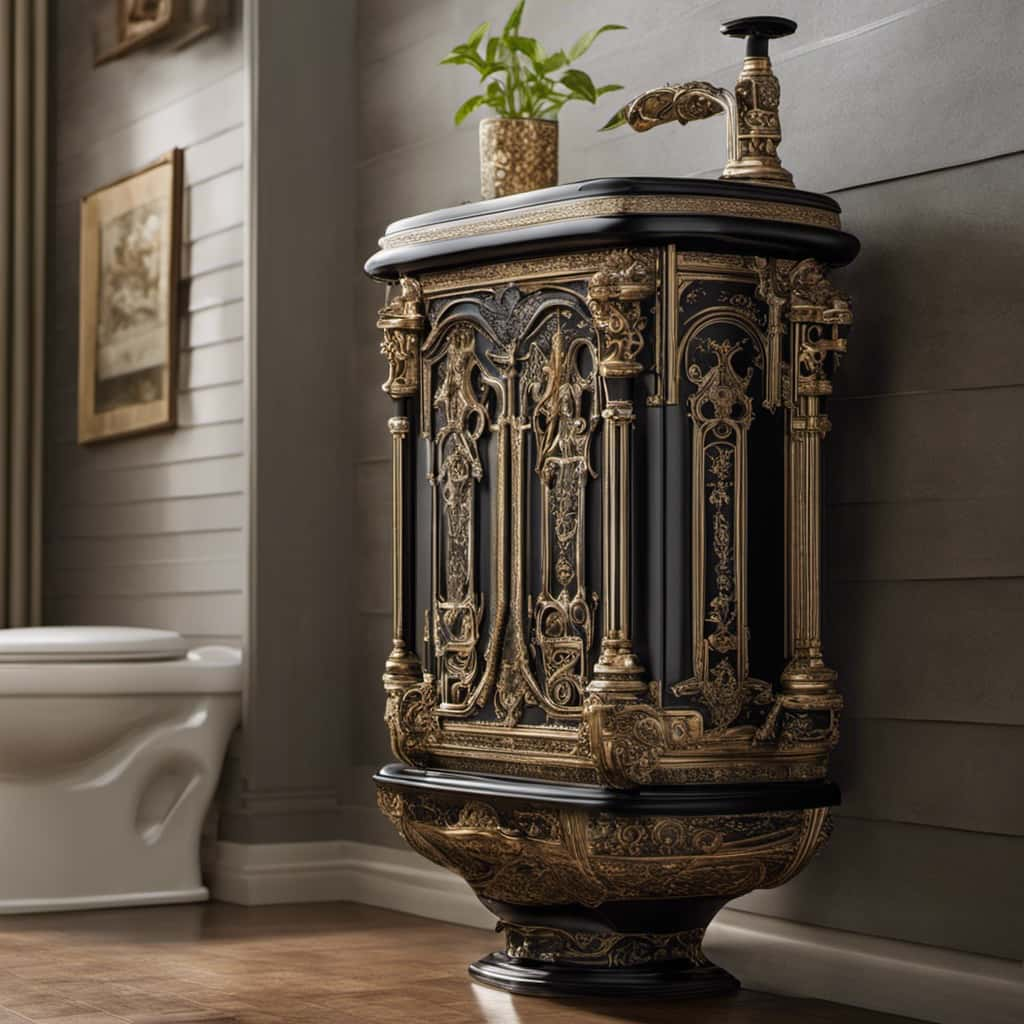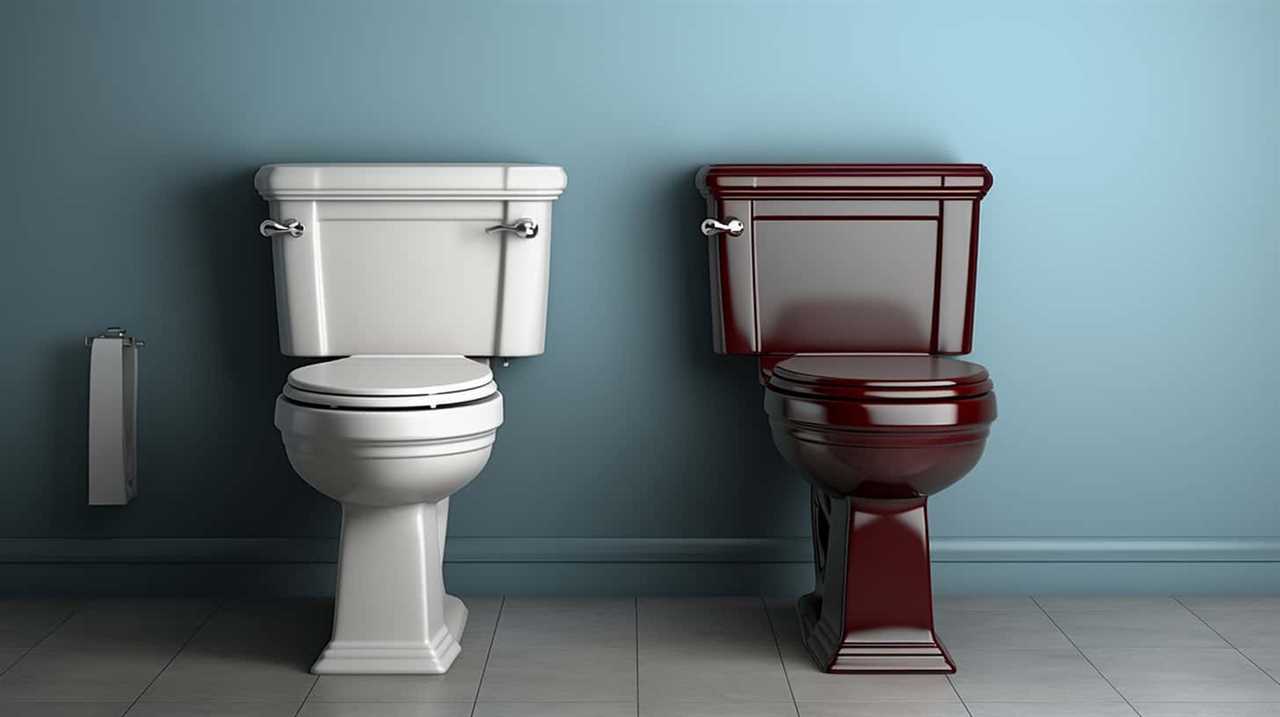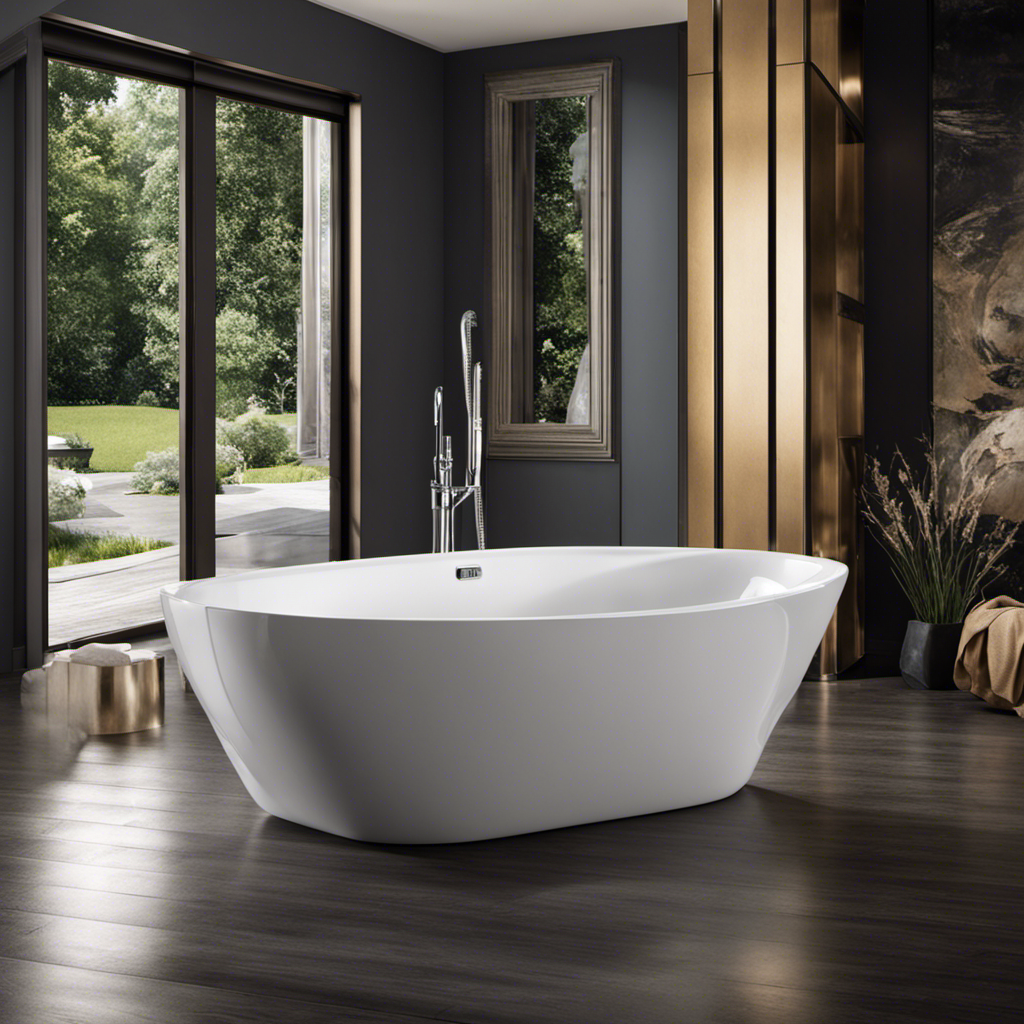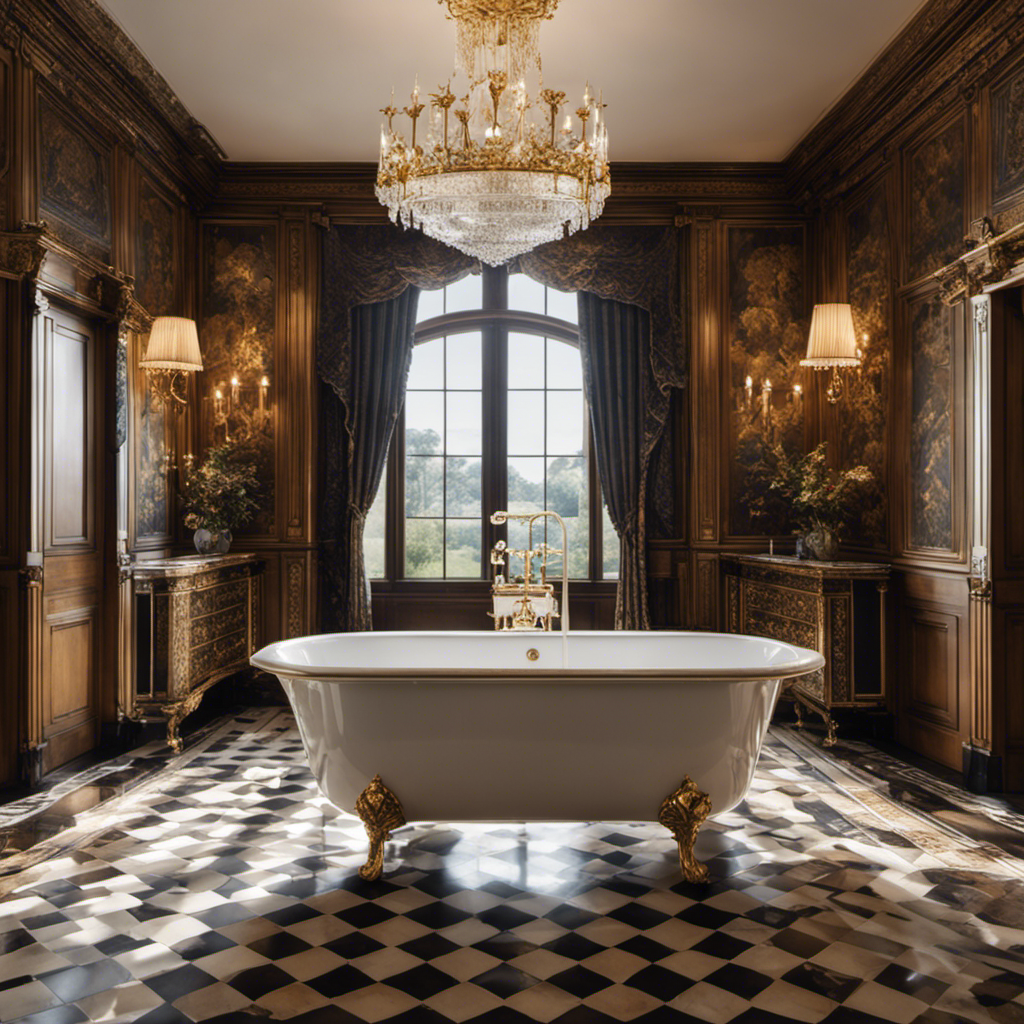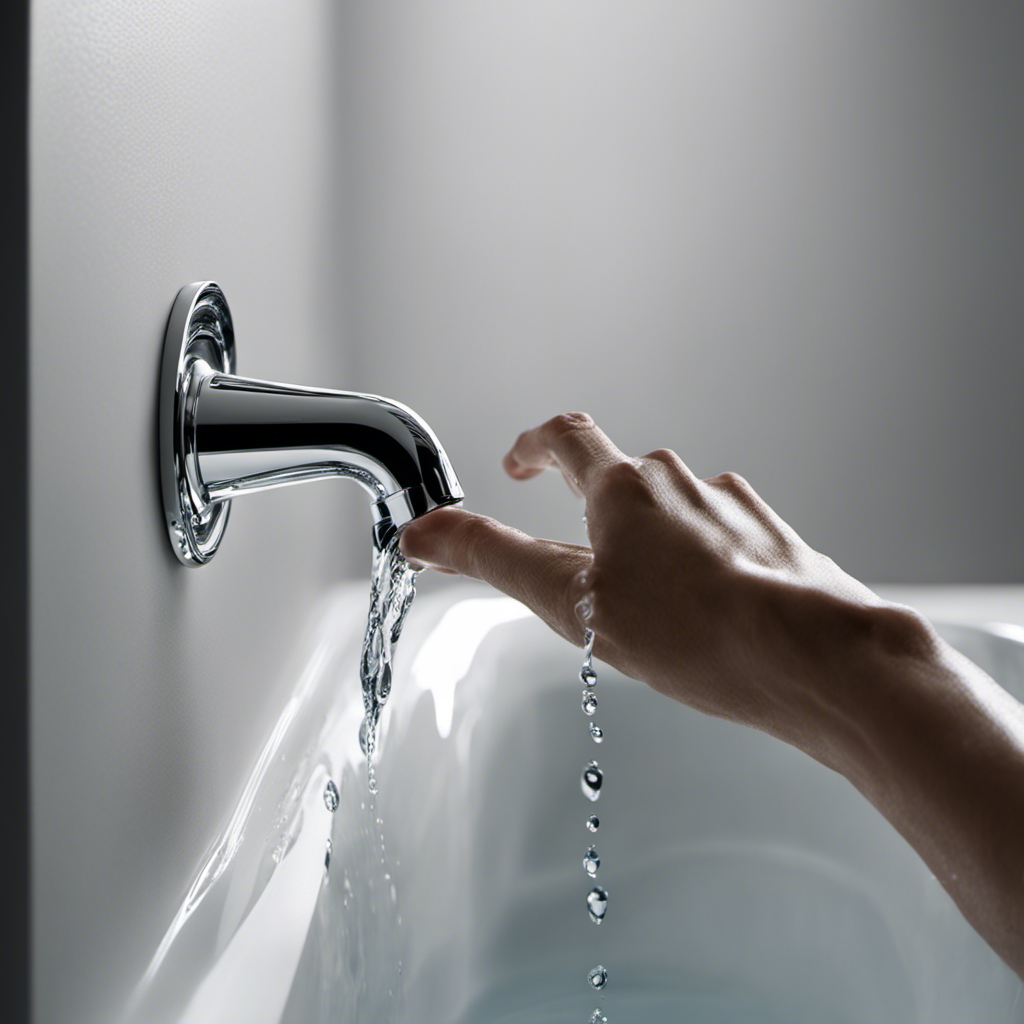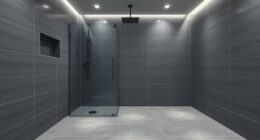As an aficionado of restroom design, I have always been fascinated by the humble urinal. From its ancient origins to its modern marvels, the evolution of urinals is a testament to human ingenuity.
In this article, we will explore the rich history, artistic representations, and controversial debates surrounding these essential fixtures. Additionally, we will delve into the exciting future trends in urinal technology.
So, grab your magnifying glass and prepare to embark on a journey through the world of urinals.
Key Takeaways
- Urinals have a long history, evolving from communal stone or clay structures to modern designs with water-saving mechanisms.
- Urinals have cultural importance in promoting hygiene and sanitation.
- Urinals have been used as symbols in art and architecture, including Marcel Duchamp’s controversial artwork ‘Fountain’.
- The use of urinals in public spaces raises debates about gender segregation, privacy, maintenance challenges, and public urination laws.
The Early Origins of Urinals
The earliest origins of urinals can be traced back to ancient civilizations and their innovative use of plumbing systems. These early inventions were a product of the cultural significance placed on hygiene and sanitation. Ancient civilizations like the Indus Valley and Mesopotamia developed complex plumbing systems that included drainage channels and clay pipes, which were used to carry away waste.
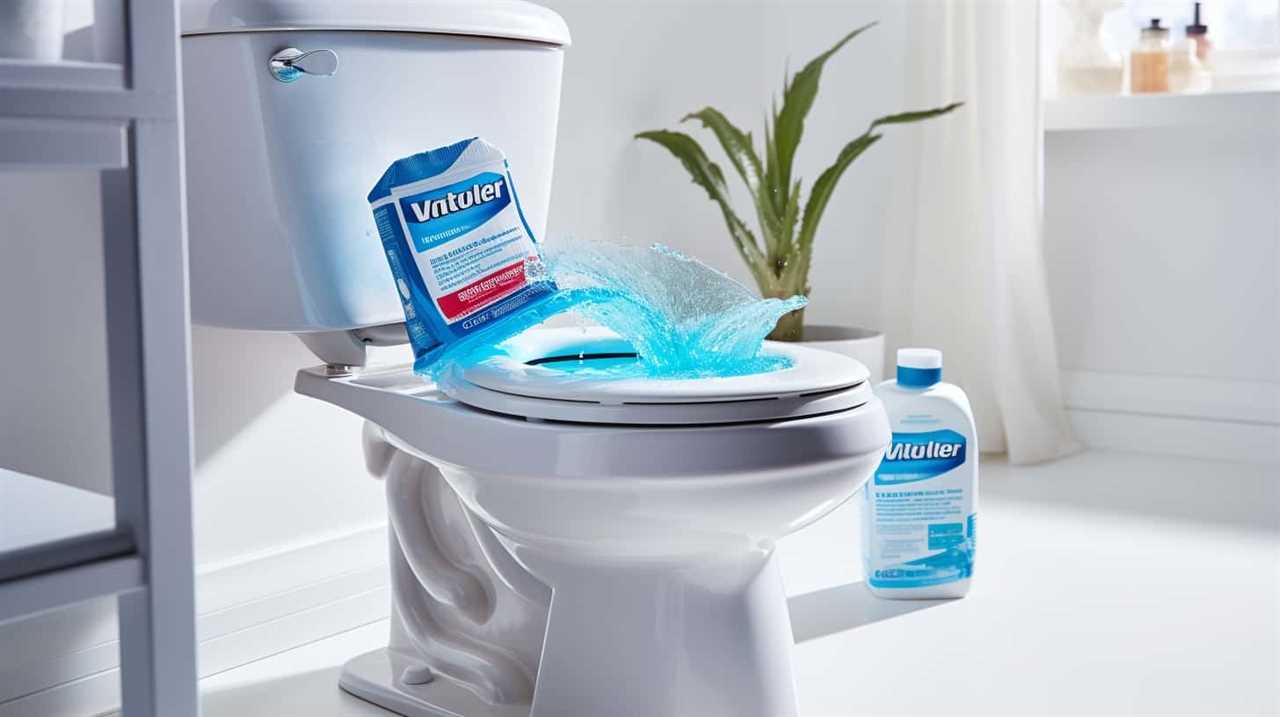
In these early civilizations, urinals were often communal and made of stone or clay. They were strategically placed in public spaces for easy access and served as a way to promote cleanliness and prevent the spread of diseases. The cultural importance placed on hygiene and sanitation paved the way for the evolution of urinal designs, as we’ll explore in the next section.
Evolution of Urinal Designs
I have observed a notable evolution in urinal designs throughout history. Design innovations have led to more efficient and environmentally friendly options. Here are four key advancements in urinal design:
- Waterless Urinals: These urinals use a special trap or sealant to prevent odors and eliminate the need for flushing, reducing water consumption significantly.
- Sensor-Activated Flushing: By using motion sensors, urinals can detect when someone is finished and automatically flush, minimizing water waste.
- Urine Diversion Systems: These systems separate urine from solid waste, allowing for better resource recovery and the production of fertilizers or energy.
- Green Materials: Manufacturers are now using sustainable materials, such as recycled plastics or bamboo, to construct urinals, reducing their environmental impact.
These design innovations not only improve functionality and hygiene but also contribute to the conservation of water and resources.
Urinals in Art and Architecture
Urinals have been used as symbols and incorporated into various forms of artistic expression and architectural design. In art, urinals have been used as provocative objects to challenge societal norms and question the boundaries of what’s considered art. For example, Marcel Duchamp’s famous artwork ‘Fountain’ featured a urinal as its centerpiece, sparking controversies and debates surrounding the definition of art.

In architecture, urinals are essential fixtures in public spaces such as restrooms and public facilities. Architects carefully consider the placement and design of urinals to ensure functionality, privacy, and hygiene. The incorporation of urinals into art and architecture highlights their significance as both utilitarian objects and cultural symbols.
Now, let’s delve into the controversies and debates surrounding urinals.
Controversies and Debates Surrounding Urinals
Controversies and debates surrounding urinals have sparked contentious discussions about their societal implications and cultural significance. Here are four key points that shed light on the ongoing debates:
- Gender neutral urinals: The concept of gender neutral urinals challenges traditional notions of gender segregation in public restrooms. Advocates argue that gender neutral urinals promote inclusivity and accommodate individuals who identify outside the gender binary.
- Privacy concerns: Critics argue that urinals compromise privacy, particularly for individuals who may feel uncomfortable using open, shared facilities. This raises questions about the balance between convenience and personal privacy in public restroom design.
- Hygiene and maintenance: Maintaining urinals can be challenging due to issues such as cleanliness, odor, and potential for vandalism. Proper maintenance protocols and regular cleaning are essential to address these concerns and ensure a positive restroom experience for all users.
- Public urination laws: The debate around urinals also intersects with public urination laws. Some argue that the availability of urinals in public spaces can help reduce instances of public urination, while others believe that these laws disproportionately target marginalized groups.
Understanding these controversies and engaging in thoughtful discussions can lead to better design and policies that prioritize accessibility, inclusivity, and public hygiene in restroom facilities.
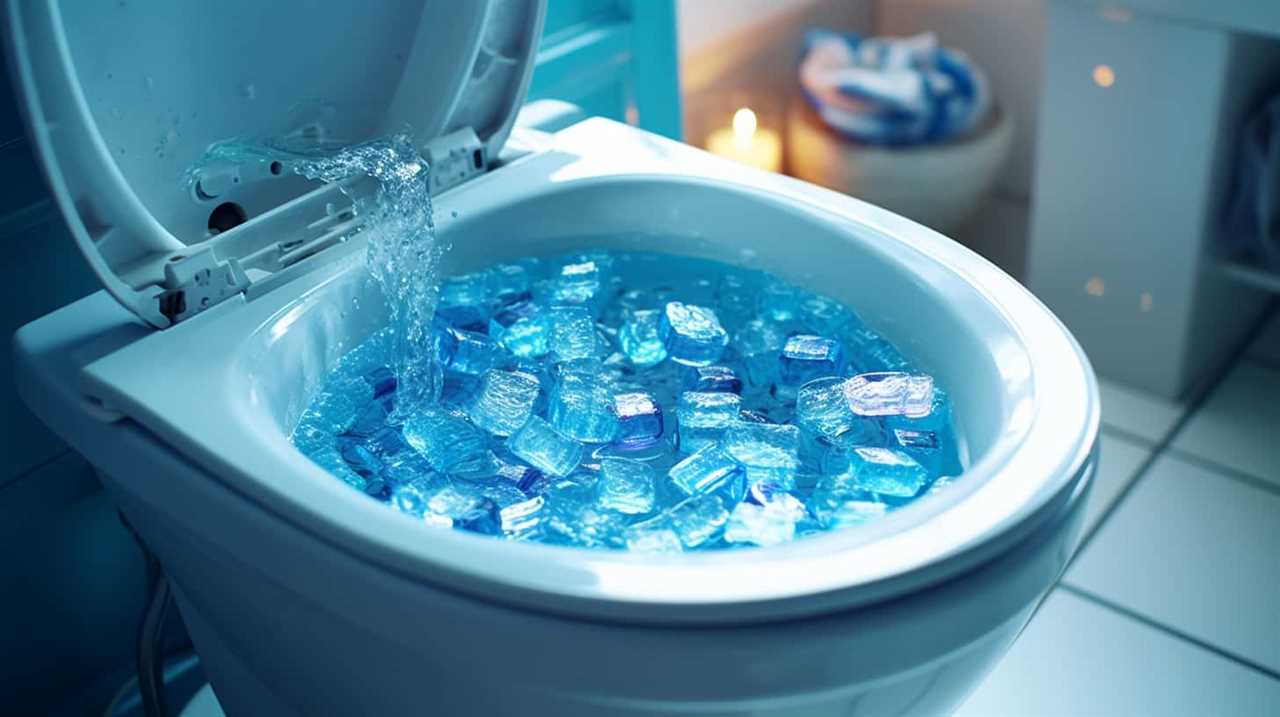
Future Trends in Urinal Technology
Exploring the advancements in urinal technology, one cannot overlook the potential impact of innovative designs on issues such as accessibility, sustainability, and user experience. In the future, smart urinals are expected to revolutionize the way we interact with these facilities. These intelligent devices will incorporate sensors and connectivity features to provide real-time data on usage patterns, maintenance needs, and water consumption. By analyzing this data, facility managers can optimize cleaning schedules, reduce water waste, and ensure a pleasant user experience. Additionally, water-saving urinals will continue to gain popularity, as they address the pressing need for sustainable solutions. These urinals utilize advanced flushing mechanisms, such as waterless or low-flow options, to minimize water usage without compromising hygiene. As technology advances, the future of urinal design holds great promise for improved accessibility, sustainability, and overall user satisfaction.
| Smart Urinals | Water Saving Urinals |
|---|---|
| Real-time data on usage patterns | Advanced flushing mechanisms |
| Connectivity features for maintenance | Waterless or low-flow options |
| Optimized cleaning schedules | Minimize water usage |
| Enhanced user experience | Sustainable and hygienic solutions |
Frequently Asked Questions
Are There Any Health Risks Associated With Using Urinals?
There are potential infections associated with using urinals due to poor hygiene practices. It is important to maintain proper hand hygiene and regularly clean and disinfect urinals to minimize the risk of transmission.
How Do Urinals Contribute to Water Conservation Efforts?
Urinal design and water saving technology are integral to water conservation efforts. By incorporating efficient flushing mechanisms and reduced water usage, urinals help conserve water resources. They are an essential component of sustainable infrastructure systems.
Can Urinals Be Used by Individuals With Disabilities?
Urinals can be made accessible for individuals with disabilities through the use of alternative solutions and accessible options. It is important to consider their needs and provide inclusive restroom facilities.
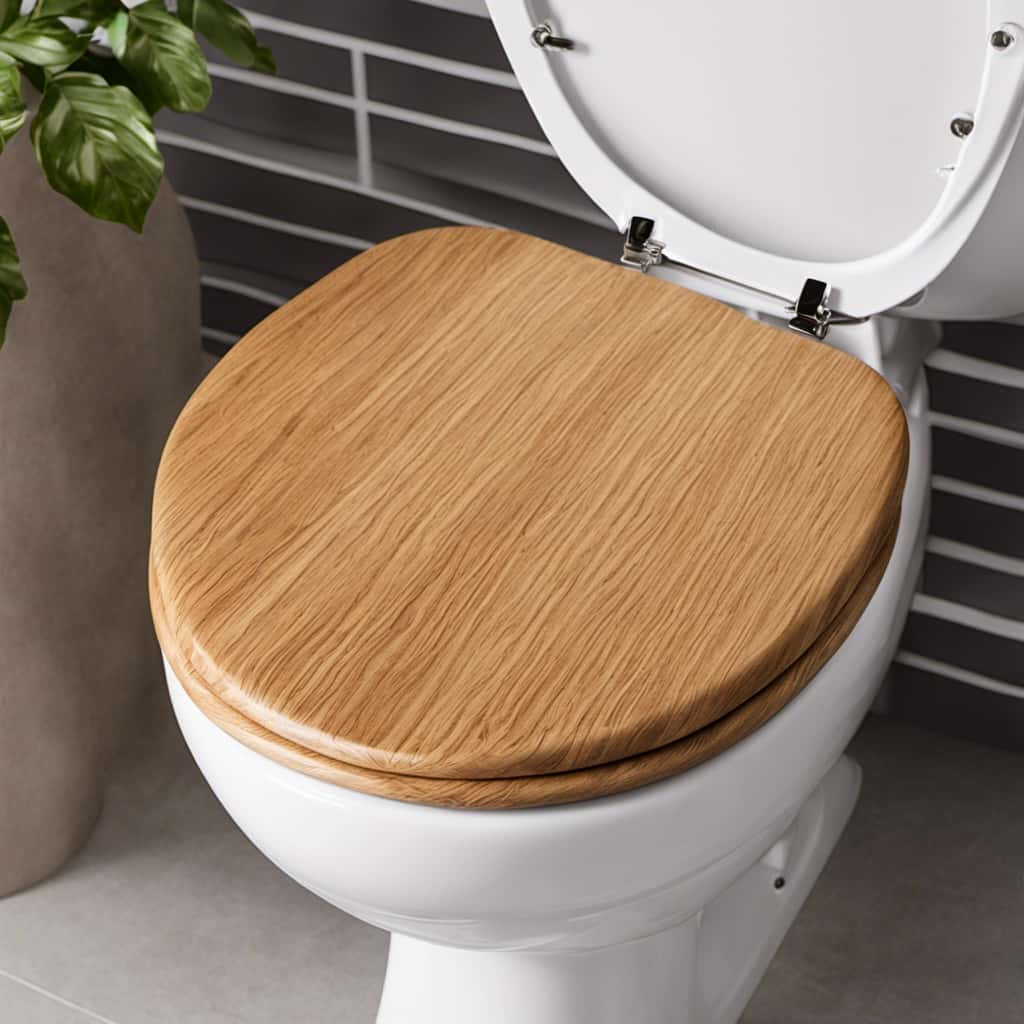
What Are the Common Materials Used in the Construction of Urinals?
Urinal materials used in construction vary, but common ones include porcelain, stainless steel, and ceramic. These materials are durable, easy to clean, and resistant to staining, making them ideal for urinal construction.
Are There Any Regulations or Guidelines for the Installation of Urinals in Public Spaces?
There are specific regulations and guidelines for the installation of urinals in public spaces. These ensure proper placement, accessibility, and sanitation. Compliance with these standards is crucial for a well-functioning and user-friendly urinal installation.
Conclusion
In conclusion, the evolution of urinals has been a fascinating journey, from their early origins to the advancements in design seen today. Their integration in art and architecture has sparked controversies and debates, challenging societal norms.
As technology continues to progress, we can expect further advancements in urinal technology. The juxtaposition of the mundane and the innovative evokes a sense of intrigue and curiosity, leaving us pondering the future of this seemingly ordinary fixture.

